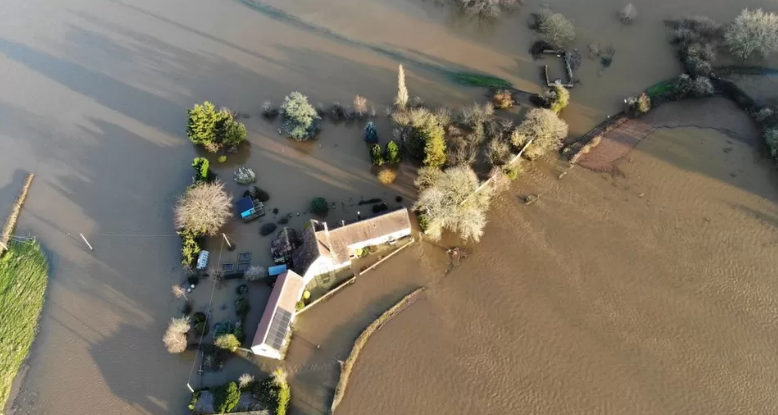Homeowners risk complacency, expense and trauma unless they consider fitting simple flood protection measures, a new campaign will claim.
The Environment Agency and others say millions of UK homes are at risk, and families can be forced out of a flood-hit home for a year for it to dry out.
They say relatively cheap upgrades, including toilet bungs and air brick covers, can help cut damage and costs.
Forecasters say flooding in the UK will become more intense and more frequent.
Protection has saved one couple’s home despite nine floods in four years.
Nick Lupton, who lives next to the River Severn in Worcestershire, said he and his wife Annie had never had to claim on insurance, having kept their house dry despite torrents of water outside.
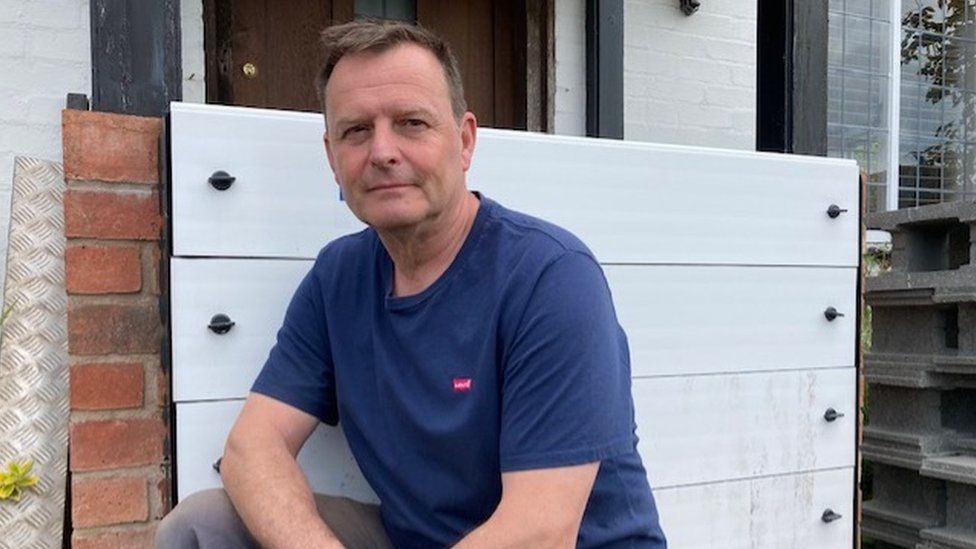
“We bought the house with our eyes wide open,” said the retired engineer.
“We have added a little bit to the mitigation the previous owners put in place which had worked very well, which makes our life a little bit easier.”
The property, part of which dates back to the 17th Century, was once the river ferryboat’s inn. When it was a pub, the sound of floating beer barrels in the cellar was a sign of the rising water.
Now, double flood barriers in front of the doors and pumps under the floors keep the muddy overflowing river water back. The couple are remortgaging to pay for a flood wall to circle the property, anticipating raising the value of their home as a result.
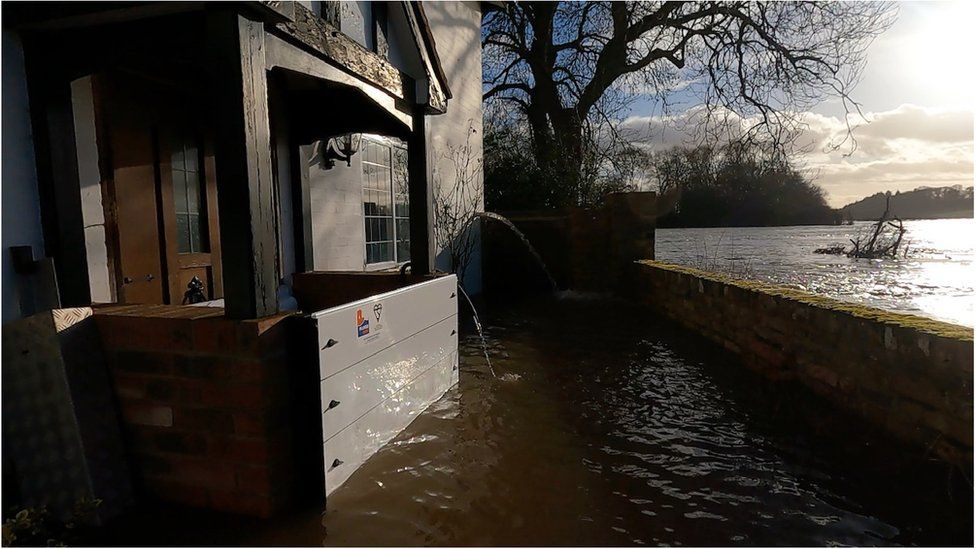
Not everything is expensive. A £5 sewage bung has saved them from having to bail out the toilets every 40 minutes during the night during a flood.
Such measures will be central to the launch of the Be Flood Smart campaign on Monday by the Environment Agency and Flood Re – a scheme designed to provide affordable insurance for flood-risk homes.
“I can’t stress enough just how horrendous flooding is, so any action people can take to avoid the turmoil is a good investment,” said Andy Bord, chief executive of Flood Re, who likened the safety measures to locks to prevent burglary.
“Insurance covers a lot, but it can’t make flooding any less traumatic and protect those really important sentimental items at the heart of your home.”
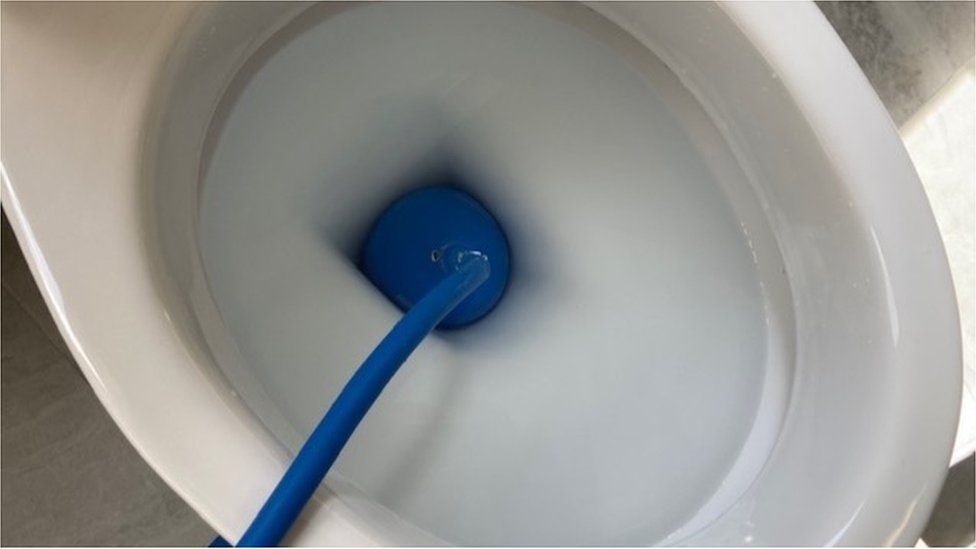
Just days after the latest set of floods hit the UK, he is urging homeowners refurbishing their homes to consider measures such as waterproof tiling and covers over the holes in air bricks. The latter could prevent water getting in, the former could make any post-flood clean-up quicker and cheaper so residents can move back in sooner.
Such items are now being put to the test, and their benefits taught to the building trade, at a new flood school in Oxfordshire.
The BBC was given exclusive access to the Be Flood Ready Property Flood Resilience Centre, built at not-for-profit consultancy HR Wallingford using government funding.
Flooding is simulated here with water pumped into a mock-up kitchen, showing the benefit of raised electrical sockets and appliances, as well as tiled skirting boards.
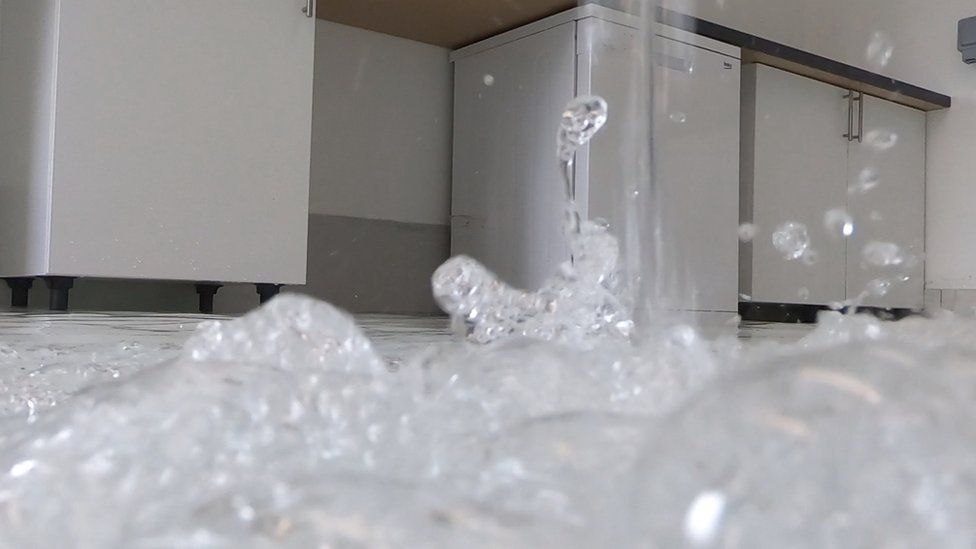
According to Emma Brown, who leads the flood forecasting team at HR Wallingford, climate change will make flooding “worse, more intense and more frequent”.
That includes coastal floods, rivers overflowing, and drainage systems unable to cope with too much rainfall. Summer rain, when the ground is hard, can create flash floods in urban areas.
She said that the risk of flooding in areas that had not suffered before could lead to some complacency, but technology was helping to highlight the risks.

“State-of-the-art computer models mean we can pinpoint the homes and businesses that are most likely to be flooded. We can go out and be better prepared,” she said.
The early results of research in Northampton suggested that every £1 spent on flood prevention in the area could mean £6 saved in dealing with damage, she said.
